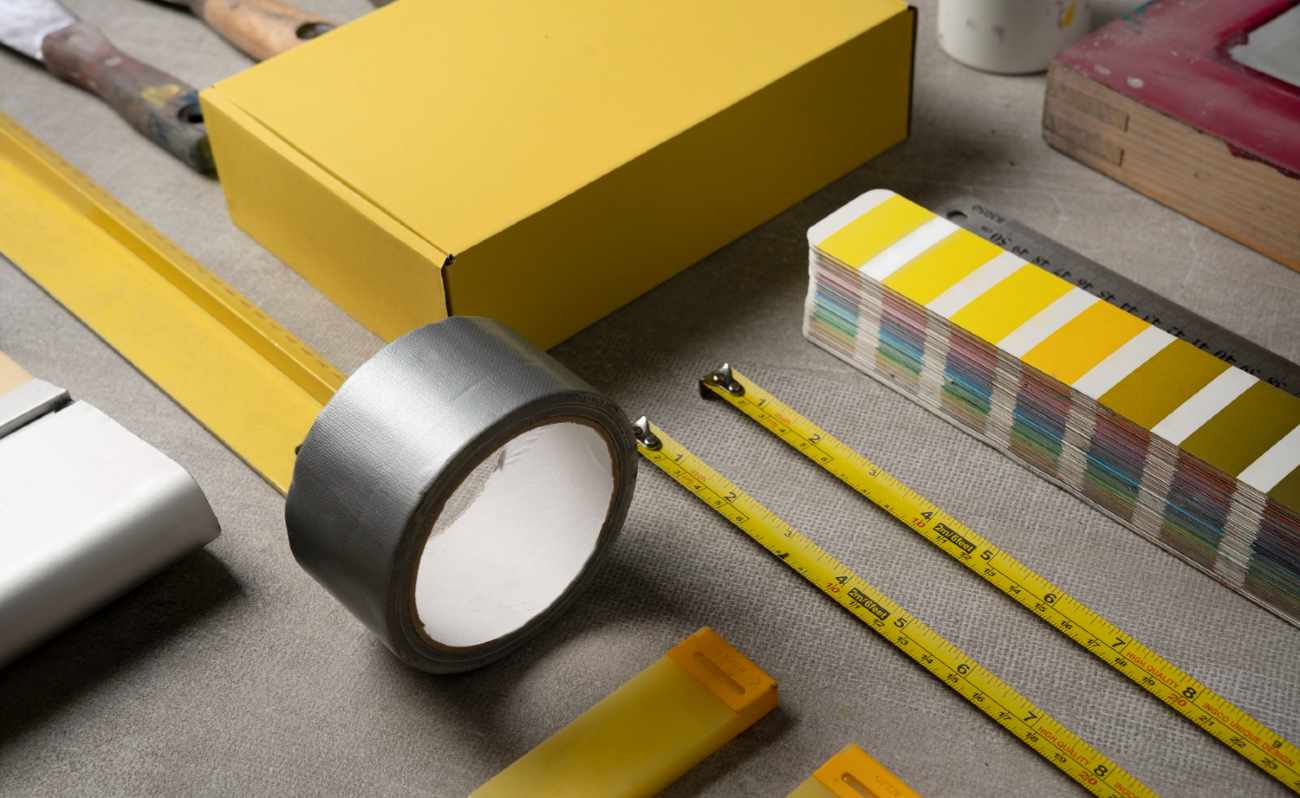Overcoming Challenges in Formulating Pressure Sensitive Adhesives for Specific Substrates
Pressure sensitive adhesives (PSAs) are a versatile class of adhesives that are commonly used in a wide range of applications, from automotive and construction to packaging and medical devices. PSAs are unique in that they form a bond with the surface they are applied to simply by the application of pressure, rather than requiring the use of heat, solvents, or other activation mechanisms.
As a formulator of PSAs, you are likely aware of the many challenges involved in formulating these adhesives. Here, we will explore some of the most common formulation challenges related to PSAs and discuss how they can be addressed through careful consideration of the chemistry of the adhesive.
Adhesion and Cohesion
One of the primary challenges in formulating PSAs is achieving the right balance of adhesion and cohesion. Adhesion refers to the ability of the adhesive to stick to the surface it is applied to, while cohesion refers to the ability of the adhesive to stick to itself. Ideally, a PSA should have high adhesion and high cohesion, but achieving this balance can be difficult.
For example, if an adhesive has too much adhesion and not enough cohesion, it may stick too strongly to the surface it is applied to and be difficult to remove or reposition. On the other hand, if an adhesive has too much cohesion and not enough adhesion, it may not stick well to the surface it is applied to and may peel off easily.
To address this challenge, formulators can adjust the chemical composition of the adhesive to control its adhesion and cohesion properties. For example, adding tackifiers or plasticizers can increase the adhesion of the adhesive, while adding polymers or fillers can increase its cohesion.
Temperature sensitivity
Another common challenge in formulating PSAs is achieving the right level of temperature sensitivity. PSAs are often used in applications where they may be exposed to a range of temperatures, from freezing cold to extreme heat. However, some PSAs may lose their adhesive properties or become too sticky or too hard at certain temperatures, making them unsuitable for use in these conditions.
To address this challenge, formulators can choose to use materials that are more temperature-resistant or add stabilizers to the adhesive to improve its stability over a range of temperatures. Additionally, changing the chemical structure of the adhesive can also impact its temperature sensitivity. For example, incorporating more flexible monomers can improve the low-temperature performance of an adhesive, while incorporating more heat-resistant monomers can improve its high-temperature performance.
Substrate Compatibility
PSAs are designed to bond with a variety of substrates, including plastics, metals, and paper. However, different substrates may have different surface energies, which can affect the adhesive's ability to bond with them. For example, low-energy substrates like polyethylene may require adhesives with higher tack levels, while high-energy substrates like metal may require adhesives with lower tack levels.
To address this challenge, formulators can modify the chemistry of the adhesive to improve its compatibility with different substrates. This can include adding specific functional groups to the adhesive that promote bonding with certain substrates, or adjusting the adhesive's polarity to match the polarity of the substrate.
Environmental Impact
As with any chemical product, the environmental impact of PSAs is an important consideration for formulators. Many PSAs are made from synthetic materials that can have a significant environmental footprint, including the use of non-renewable resources and the generation of greenhouse gases.
To address this challenge, formulators can choose to use more sustainable materials, such as bio-based polymers, or incorporate recycled materials into their formulations. Additionally, they can design adhesives that are more easily recyclable or biodegradable, reducing their impact on the environment.
In conclusion, formulating pressure sensitive adhesives is a complex process that requires a deep understanding of the chemistry behind the adhesive. Formulators must balance the different formulation challenges, such as tack and peel adhesion, cohesive strength, temperature and shear stability, and compatibility, to create an adhesive that performs well under a wide range of conditions. By understanding these challenges and using the right combination of materials, formulators can create high-performance pressure sensitive adhesives that meet the specific needs of their customers.
To get an upper hand in PSA formulations, don't miss this online training Pressure Sensitive Adhesive (PSA) Formulation Optimization and Choice Of Ingredients For Achieving superior bonding

